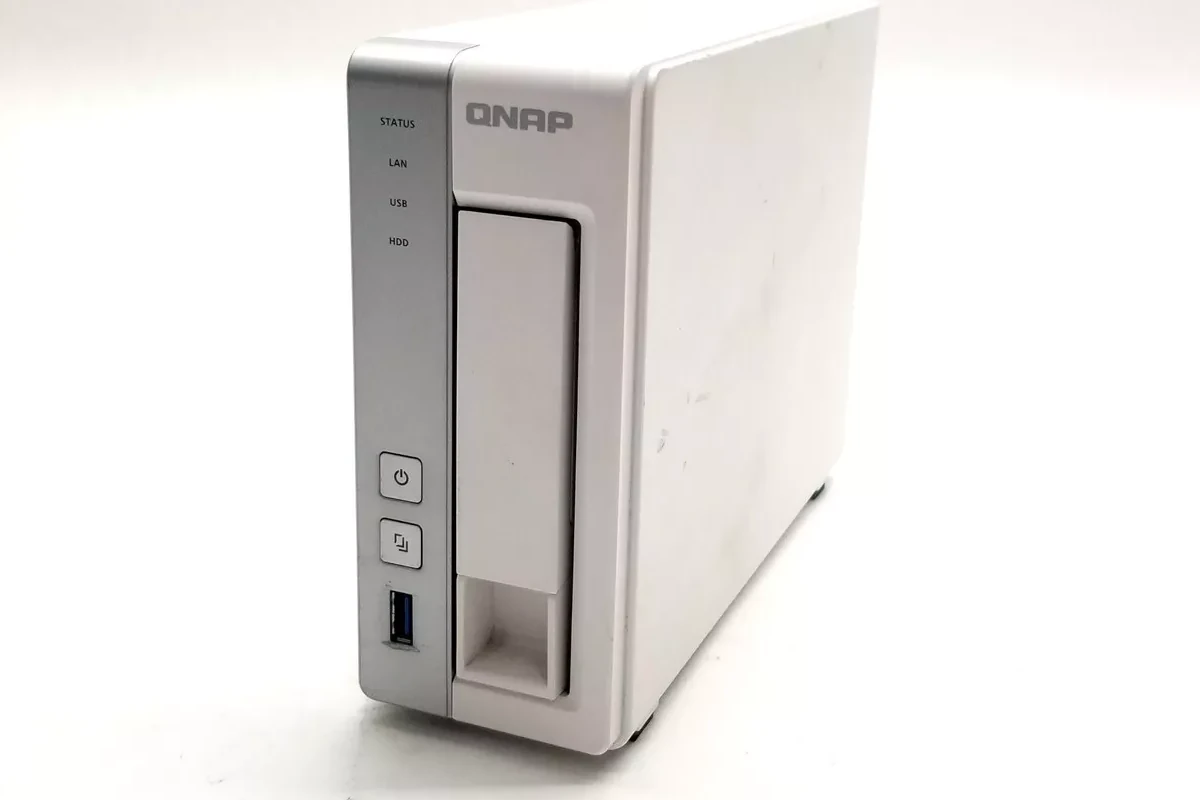Setting up a home media server enables seamless access to your favorite movies, music, and photos across multiple devices. With a server in place, you are not limited to a single computer or location; you can stream content throughout your home or on the go. To set up a home media server, you can repurpose an old computer, use Network Attached Storage (NAS), or build a server specifically for media management.
Software options such as Plex, Jellyfin, or Emby make it easy to turn any computer into a robust home media center. To get started, it’s important to choose the right hardware and software for your specific needs. Organizing all media files in one location is a crucial first step, making it easier to manage and access the content.
Understanding the capabilities and requirements of the chosen media server software ensures a successful setup, so taking the time to research and pick the best fit is essential. Once your media server is in place, it’s vital to configure settings for family or friends who may also access the server. Creating individual user accounts allows for personalized experiences and ensures that users can only view the content meant for them. The ability to remotely access your media means you can enjoy your collection from anywhere, providing versatility and convenience that enhances your digital lifestyle.
Crafting Your Home Media Hub: A Beginner’s Guide
1. Choose Your Hardware
Your media server’s brain is its hardware. You have a few choices:
- Old PC or Laptop: Repurpose old gear to save money.
- NAS (Network Attached Storage): Pre-built for easy setup, good for file storage.
- DIY Server: Build your own for maximum customization (more tech-savvy).
The best choice depends on your budget and tech skills. Consider factors like storage capacity, processing power, and network connectivity.
2. Install Server Software
This is the heart of your media hub. Popular options include:
| Software | Pros | Cons |
|---|---|---|
| Plex | User-friendly, polished interface, wide device support | Some features require paid subscription |
| Emby | Open source, customizable, similar to Plex | Steeper learning curve |
| Jellyfin | Fully free and open-source, active community | Interface less refined than Plex |
Each has its strengths. Research to find what suits your needs best.
3. Organize Your Media
Tidy files make for smooth streaming. Create folders for movies, TV shows, music, and photos. Name files consistently for easy navigation. This step might be time-consuming, but it pays off in the long run.
4. Configure Network Settings
Ensure your server is accessible on your home network. Set up port forwarding if you want to access it from outside your home. You might need to adjust your router settings, so consult its manual or your internet provider’s instructions.
5. Enjoy Your Media Anywhere
With your server set up, enjoy your movies, music, and photos on various devices:
- Smart TVs: Most modern TVs have apps for popular media server software.
- Streaming Devices: Roku, Fire TV, Apple TV, etc., often support media servers.
- Phones and Tablets: Use apps to stream your media on the go.
- Computers: Access your server through a web browser or dedicated app.
Remember, this is just a starting point. Many advanced options are available, like transcoding for compatibility with different devices or setting up remote access for streaming on the go. Don’t hesitate to explore and customize your setup to suit your specific needs and preferences.
Key Takeaways
- Access your media across all devices with a media server.
- Organize files and choose appropriate software for an efficient setup.
- Configure user accounts and remote access for personalized media experience.
Preparing for Your Home Media Server
Setting up a home media server starts with choosing the right components. One should select hardware that meets their needs and pick software that’s compatible. Ensuring the network can handle media streaming is crucial.
Selecting the Right Hardware
For a home media server, the computer or NAS (Network-Attached Storage) device will be the heart of the setup. The computer needs to have enough RAM and a powerful CPU to handle media streaming without lags. Storage is also key; enough hard drives should be available to store all the media files. For quieter operations and easy storage expansion, NAS devices with multiple bays like those from Synology are ideal. When choosing NAS devices, look for ones with enough processing power and RAM for smooth performance.
- Recommended Minimum Hardware for a Media Server:
- CPU: Intel Core i3 or equivalent
- RAM: 4GB
- Storage: 2TB (Internal or External Hard Drive)
Choosing the Appropriate Software
Once the hardware is ready, the next step is to choose media server software. The main contenders include Plex, Jellyfin, Emby, and Kodi. These applications vary in their features and user interfaces. Users should select software based on their comfort with the system and availability of desired features like plugins and ease of receiving updates.
- Popular Media Server Software Options:
- Plex
- Kodi
- Emby
- Jellyfin
It’s important to consider the operating system, whether it’s Linux, Windows, or Mac as compatibility issues may arise with certain media server software.
Ensuring Network Capability
Your home network must be equipped to handle your media server. A fast router capable of managing multiple connections is important. The router should have open ports for necessary traffic and possibly QoS (Quality of Service) settings to prioritize media streaming. A stable internet connection is crucial for remote access to the server from various devices. Users need to ensure their network’s bandwidth can support their streaming requirements, especially if they want to access media outside their home.
- Essentials for Network Readiness:
- Fast and Reliable Router
- Stable Internet Connection, preferably with high upload speed for remote streaming
- Correctly configured IP Address and Port forwarding for accessing the server remotely
Devices like an NVIDIA Shield can serve as both hardware and software solutions, functioning as a media server with built-in capabilities for storage and streaming.







